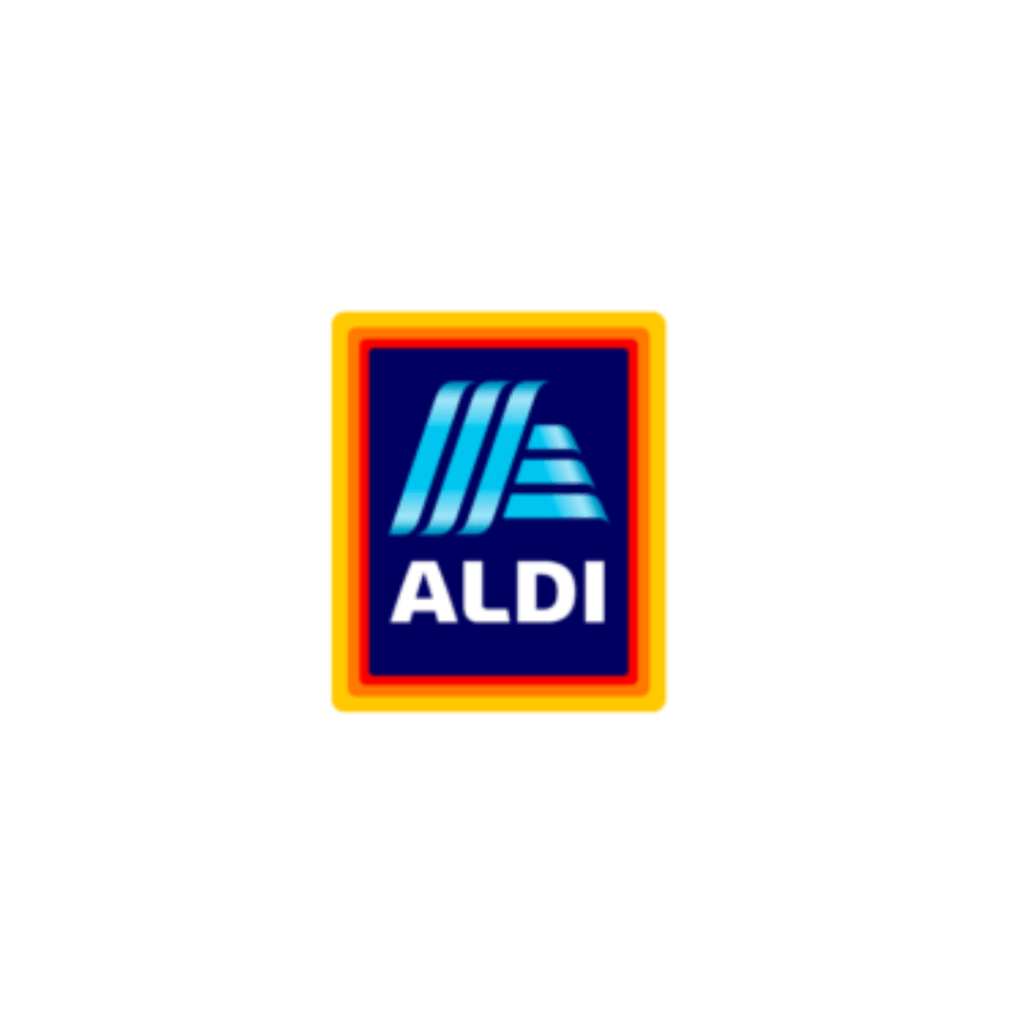You will learn where to spot Ford jobs on the Ford Careers site, LinkedIn, and Indeed; how to set email alerts and bookmark the careers page; where to check salaries (Glassdoor, PayScale, Ford pay pages) and compare union rates; and how to follow the application process.
Create a Ford Careers profile, upload your resume, tailor it to match job requirements, prepare for interviews, track your application, and explore internships, hourly pay, and career paths.
Find Ford job openings you can apply to on the official Ford Careers site and job boards



Start at the official Ford Careers site, then cast a wider net. Type the job title, city, or job family into the search bar and scan results.
Job openings at Ford: check salaries and learn how to apply — the careers site often lists pay ranges, qualifications, and step-by-step application instructions, so read each posting like it’s your map to the next move.
Next, use job boards like LinkedIn, Indeed, and Glassdoor to cross-check listings and find extra details like recruiter names or employee reviews.
Compare job descriptions side-by-side and tailor your resume and cover letter to the exact words in the posting; small changes can move your application up the list.
Move quickly but smartly. Jobs at big companies fill fast, so set alerts, have your resume ready, and apply within a day or two. Keep a short list of roles and track application dates.
Use the Ford Careers site, LinkedIn, and Indeed to spot Ford job openings
On the Ford Careers site, use filters for location, job type, and experience level. Click into each posting and read responsibilities and required skills.
On LinkedIn and Indeed, follow Ford’s company page and use saved searches—LinkedIn is especially useful for seeing who posted the job and for reaching out politely to hiring managers.
Set email alerts so you see Ford jobs hiring now as soon as they post
Turn on alerts on the Ford Careers site and choose frequency—daily is usually best. Use specific keywords and locations so your inbox fills with useful leads, not noise.
Do the same on LinkedIn and Indeed and enable push notifications on your phone. When a good job pops up, apply right away and follow up with a short message to any listed contact.
Bookmark the official Ford career page for quick access
Bookmark the careers page in your browser and pin it to your mobile home screen. Open it daily to spot fresh roles while others are still checking search results.
Check Ford salary lookup tools so you know typical pay before you apply
Before you click apply, check pay data so you don’t go into an interview blind. Search the phrase Job openings at Ford: check salaries and learn how to apply, then open salary pages that show base pay, bonuses, and typical ranges.
Filter by location and experience—an identical title in Michigan and Texas often shows different pay.
Treat the numbers as a guide, not gospel. Use them to set your target salary and your walk-away point. If posted pay is below your minimum, save time and aim for roles that meet your needs.
Use Glassdoor, PayScale, and Ford salary lookup pages to compare roles
Start with Glassdoor for worker reviews, PayScale for market data, and Ford’s own salary lookup for company ranges.
Compare medians and sample sizes; multiple sources pointing to a similar number is more reliable. Save pages for reference during interviews or negotiations.
Compare Ford pay scale and union rates for hourly and salaried jobs
If the job is hourly and in a plant, it may be covered by a union like the UAW. Union contracts set base rates, step increases, and benefits.
For salaried roles, look for grade/band tables and bonus language. Count benefits, retirement contributions, and health coverage when comparing total compensation.
Save salary links for specific roles so you can review pay later
Bookmark reliable salary pages, copy URLs into a simple spreadsheet, and add the date and a note (location, seniority). Screenshots help if pages change. That record makes it easy to compare offers and support negotiation.
Follow a clear Ford application process when you learn how to apply to Ford roles
Treat the application like a checklist: profile, resume, forms, assessments, and follow-up. Job openings at Ford: check salaries and learn how to apply — use that cue to look up pay ranges before you apply so you know what fits your goals.
Map your stops: read the posting, note deadlines, prepare examples that match the role, and set aside time for online tests. Keep copies of everything you submit—job ID, application date, and confirmation screenshots—to help with follow-ups.
Create a Ford Careers profile and upload your resume to start the application
Use an email you check often, fill basic info, and keep your profile current. Upload your resume as PDF or Word named simply (Resume_YourName.pdf).
Add job-specific keywords from the posting so applicant tracking systems pick up matches. Include a concise cover letter when relevant.
Know how to apply to Ford by completing online forms and assessments
When you apply, fill online forms with accurate work history and education. Match dates and titles to your resume; small mismatches slow things down.
Many roles include timed assessments—practice where possible and pick a quiet time to complete them.
Track your application status in your Ford account so you know next steps
Log into your Ford account to see status updates like Submitted, Under Review, Interview, or Closed. Check your account and email twice a week.
If a status hasn’t changed after two weeks, send a polite message referencing job ID and date applied.
Check Ford job requirements and prepare your documents before you apply
Read the job posting for must-haves (degree, license, years of experience) and nice-to-haves. Make a short checklist so you don’t miss requirements.
Search Job openings at Ford: check salaries and learn how to apply on trusted job boards to confirm pay and submission details before applying.
Get documents ready before you click apply: scan certificates and IDs into PDFs, name files clearly (IDLastName.pdf, CertASEP_LastName.pdf), keep a work history timeline, and have references ready.
Read role descriptions to learn Ford job requirements for education and skills
Look for exact words used for skills and tools—CAD, welding, or Six Sigma—since those often become filters. If a posting asks for leadership or project examples, prepare a concise example you can paste into an application or say in an interview.
Gather certifications, IDs, and work history that match Ford job requirements
Collect official certificates and licenses (ASE for technicians, diplomas for corporate roles). Prepare a clear timeline of job titles, company names, and dates. Scan IDs, visa papers, and training cards into one folder for quick attachment.
Tailor your resume to each Ford posting to meet listed qualifications
Mirror the job language and place the most relevant skills and achievements at the top. Use short bullet lines with quantifiable results (e.g., Reduced downtime by 20%). Keep it focused and easy to read.
Prepare for hiring steps so you move smoothly through Ford careers and hiring
Update your resume, list real results, and put your best projects on LinkedIn or a portfolio site so a recruiter can view work quickly.
Do your homework on the company and the role. Search “Job openings at Ford: check salaries and learn how to apply” to confirm pay ranges and application steps before you submit.
Collect ID, work history, references, and certificates. Practice telling one short story for each past job—situation, action, result—so you stay calm and concise.
Practice common interview questions and examples for Ford interviews
Prepare short stories using situation, action, result. Pick two or three wins that fit different questions. For engineering, run through a quick technical problem; for customer service, rehearse calming an upset customer and turning the call positive. Keep answers under two minutes.
Learn the hiring stages: phone screen, on-site interview, background checks
Expect a phone screen first—be ready with a one-minute pitch and questions about timing and salary.
On-site or virtual interviews may include practical tests. Background checks and reference calls can take a week or more; be honest about dates and employers and prepare brief explanations for any gaps.
Send a polite follow-up after interviews to show your interest
Within 24–48 hours, send a brief thank-you note that highlights one part of the interview that excited you, restates a strength, and asks about next steps.
Explore Ford internships, salaries, hourly pay rates, and long-term career paths
Know the numbers before you accept: many Ford internships range roughly $18–$30 per hour depending on location and role. Job openings at Ford: check salaries and learn how to apply is a useful search phrase to save when evaluating pay.
Map short-term pay to long-term goals—ask how an internship can lead to full-time roles and what promotion paths look like.
Compare training, benefits, relocation help, and tuition support—these extras can turn an average wage today into a larger career return later.
Look up Ford internship salaries and entry pay to plan your budget
Find recent intern pay reports on Glassdoor, LinkedIn, or campus career pages. Write down expected hourly pay, housing, food, and commuting costs. If relocating, include security deposits and short-term housing premiums.
Ask in interviews about conversion rates from intern to full-time and typical starting salaries for new grads.
Compare Ford hourly pay rates for assembly, technician, and support roles
Assembly and technician roles often pay hourly with shift differentials and overtime; technicians with certifications typically command higher rates.
Support roles may be salaried and vary by city and function. Compare total compensation—paid time off, health benefits, and retirement matches—not just base pay.
Apply for internships and ask about development programs and transfers
Follow the job post exactly (resume format, deadlines, required documents).
In interviews, ask about formal development programs, mentoring, and internal transfer policies so you can plan a path from intern to full-time and between departments or sites.

